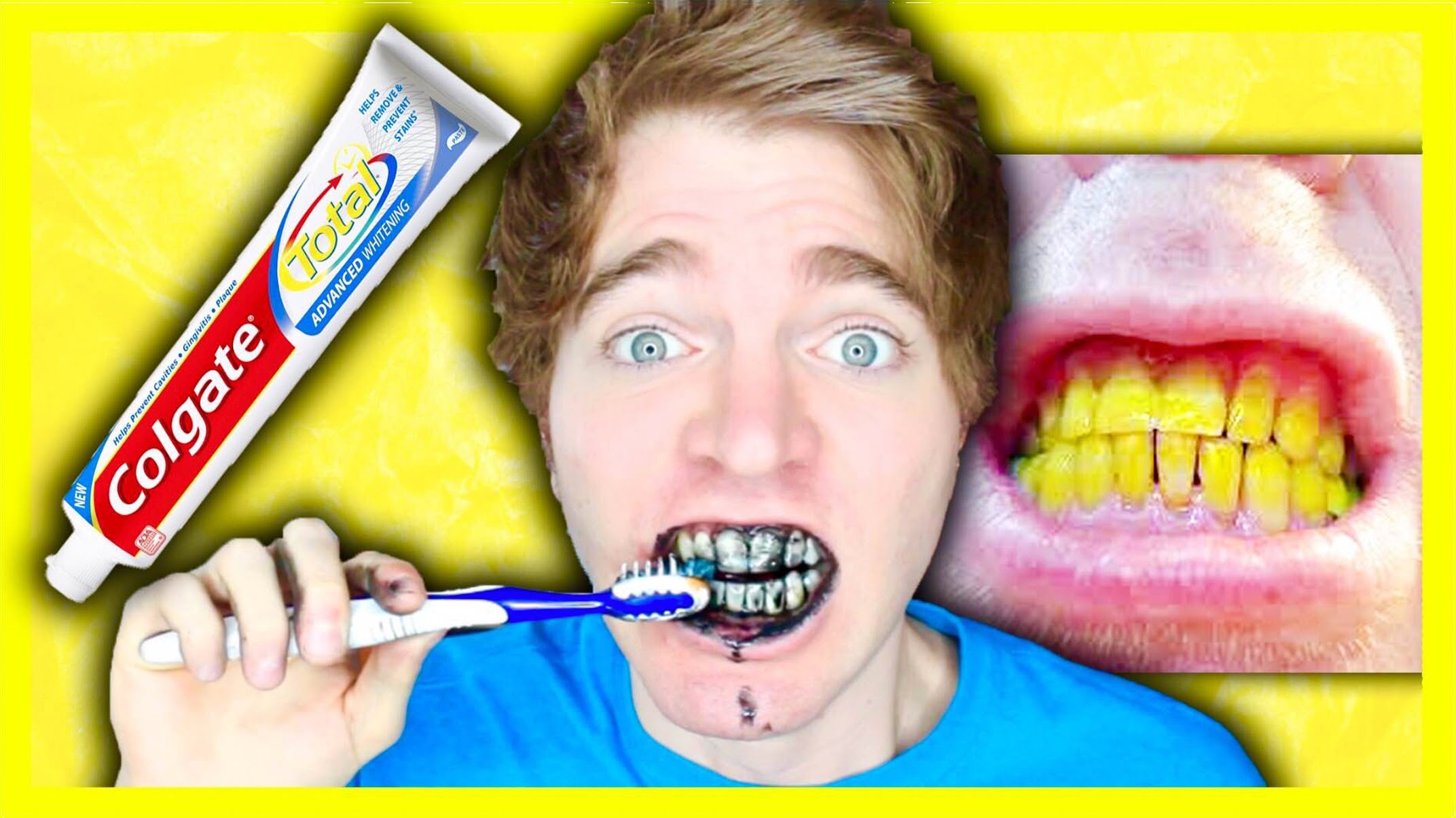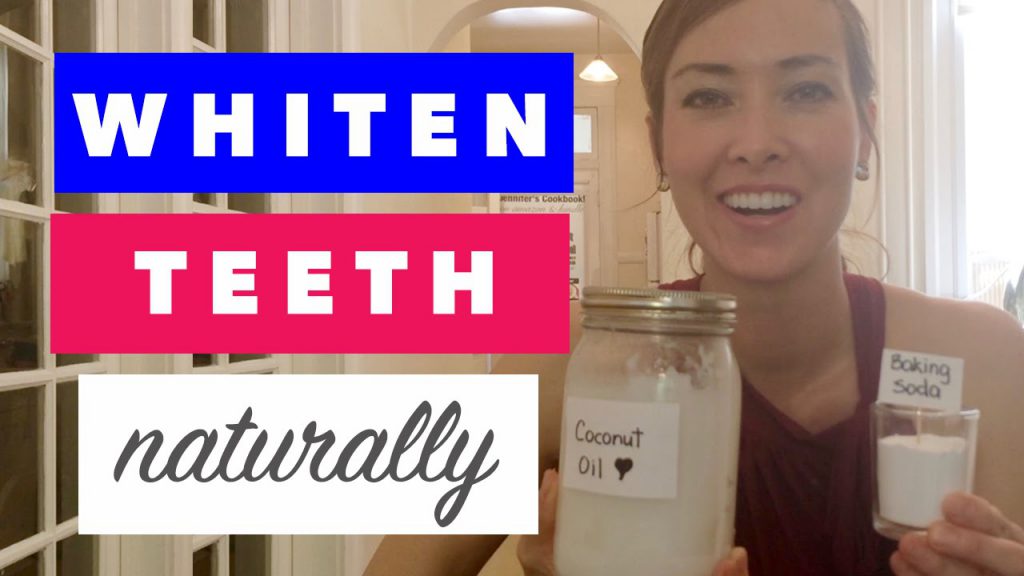Do-It-Yourself – Deep Cleaning Your Teeth
You make sure that your family has good dental cleaning habits. You brush twice a day, for at least five minutes in scrupulous circles, zoning in on specific geographic regions of the mouth. You floss with the latest, most technologically advanced dental tape. You even buy your family the newest fad in contoured toothbrushes, just to reach those hard-to-get spaces in between.
Now that you’re listening, a qualified dentist or hygienist should do your dental cleaning, preferably every six months. Professional dental cleaning can be broken down into three main subcategories, namely: scaling, root planning, and polishing.
You do your homework, and you provide your children with calcium-rich foods that are not too high in sugars. You stock the pantry with cereals and grains high in B Vitamins. You make consistently sensible food choices, because you know that any foods that augment muscle and bone growth are generally recommended for teeth and gums.
But, no matter how you slice it, the time will come for you and your children to get a professional dental cleaning. While brushing and flossing alone can remove as much as 70% of the plaque on your teeth, the other 30% lurks in areas that are harder to reach, and semiannual cleanings are the most sensible preventive medicine against easily avoidable oral health problems such as bad breath (halitosis), gingivitis, tartar (calculus) buildup, and tooth decay.
The American Dental Association (ADA) used to recommend that a child get their first dental cleaning at the age of three. But the recent wave of cavities in children entering kindergarten has forced the ADA to redefine their guidelines, and now most dentists recommend an initial visit to the dentist shortly after the eruption of the first teeth, which takes place during the first year.
If a child’s teeth are developing normally, this visit can be put off longer. However, if the tendency toward developing cavities is deemed to be genetic, so if the parents have had a history of cavities, it is better to get the child into a dentist earlier, in order to establish a sensible oral hygiene routine. Also, children whose teeth show staining, crowding, or other abnormalities should go to a dentist before the age of three.
Root planning is basically gum work, the cleaning of pockets to prevent further development of periodontal or gum disease. When gums are inflamed, the pockets tend to become deeper, making it much easier for them to trap plaque deposits, further worsening the condition of the gums. Root planning can sometimes be a painful process requiring local anesthesia.
Polishing is the final step of a good dental cleaning. Prophy jet polishing works but spraying powered water mixed with baking soda on the teeth. The powered water helps remove any excess plaque, and the baking soda neutralizes acidic conditions in the mouth while simultaneously fighting stains. Your dentist is equipped with the knowledge and the technology to optimize your own personal dental hygiene program for maximum success. So, please, every six months, get thee to a dentist!
Do-It-Yourself – Deep Cleaning Your Teeth by Sally Homer




